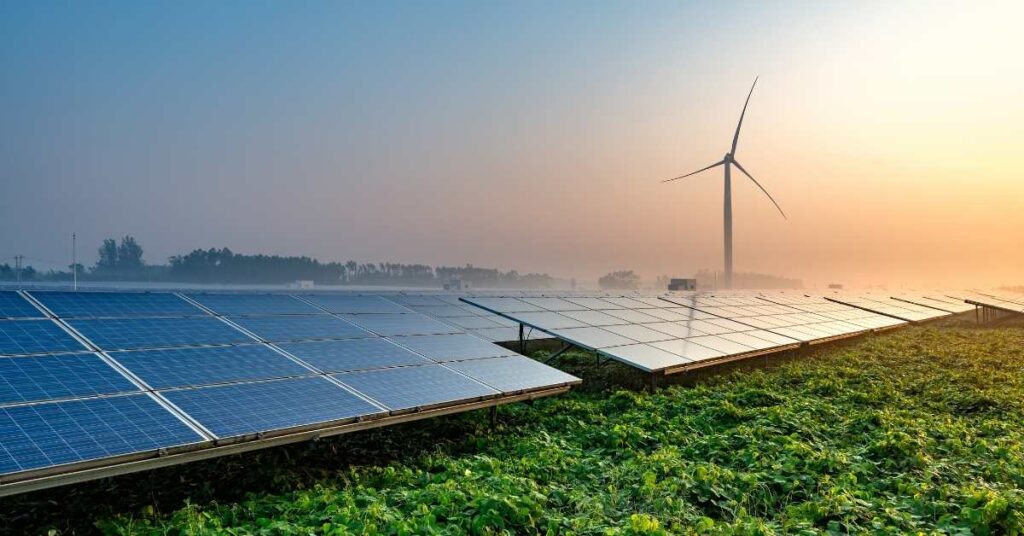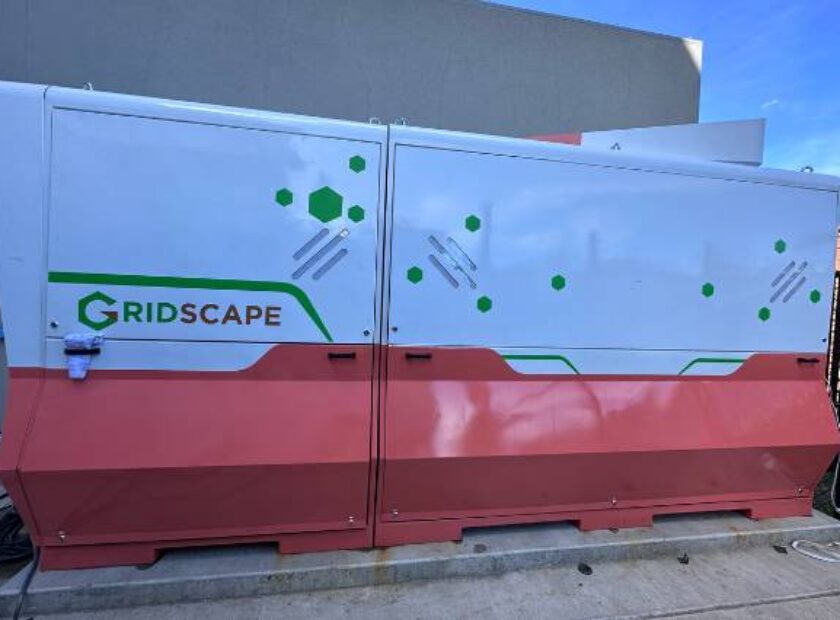Sustainable energy- common myths debunked

We all know the advantages of sustainable energy, clean air, a better environment, and a better world. Sustainability has become the most talked about topic in the world and why not – The environmental advantages of renewable energy, have been widely known for decades. Its numerous socio-economic benefits, however, have only become known in recent times as the deployment of renewable energy technologies has become more common.
Decarbonization of the world economy by 2030 is essential. Adapting sustainable energy is the only way forward if we want to achieve the objective set by the Paris Agreement to limit the temperature of the planet to 1.5°C that is, above pre-industrial levels.
It has been predicted that Earth will warm between 2 and 6 degrees Celsius in the next century. When global warming has happened at various times in the past two million years, it has taken the planet about 5,000 years to warm 5 degrees. The predicted rate of warming for the next century is at least 20 times faster. This rate of change is extremely unusual. – NASA Earth observatory
But still, there are many skeptics who don’t buy into the idea of sustainability, many still think sustainability is unnecessary and a marketing gimmick. This article aims to dispel myths and perceptions prevalent around renewable energy so that you can make your opinion based on facts.
Myth 1: Sustainable energy transition is unaffordable
Did you know that renewable energy is being used in developing and underdeveloped countries for electricity generation? It’s not only cheaper; it’s also more efficient. In many regions and countries, it’s actually the most economical solution for power.
Coal power generation is 35% efficient, meaning 65% of energy is wasted in production and transport. In comparison, electricity generated using alternative sources is much more efficient it can be produced and managed locally. Gridscape has successfully helped many clients transition to clean energy and has helped them cut electricity costs considerably over time.

Myth 2: Renewable can’t replace fossil fuel
In 2019 worldwide, 15 extreme weather events, caused/triggered mainly by climate change, caused more than $1 billion in damage each. Four of these events each caused more than $10 billion in damage. Undoubtedly, fossil fuels top the list of factors contributing to climate change. Therefore, it is essential that we replace fossil fuels with renewable and this can be done easily. Fossil fuel is finite, whereas wind, and solar are infinite resources and if used in the right way can completely replace fossil fuel.
Myth 3: Renewable energy is unreliable
They say, the sun doesn’t always shine, and the wind doesn’t always blow, so how can renewable energy assure reliability. Conventional thinking has long held the opinion that renewable energy unpredictability makes them unreliable. Thankfully, rapid technological innovation in recent years has helped dubunk this myth. Now grids are more and more stable and they come for the rescue during extreme power outages, when nothing else works. It’s true that solar energy is only produced when the sun is shining but now there is technology and ways in which the energy generated can be stored for longer.
Now AI and technology are being used increasingly and in many ways to ensure grid stability and reliability.

Climate change is real and we must not waste time on such debates. We all know this for sure that the only way to save our planet is by transitioning to renewable energy sources. For us and the decision makers, now is the time to invest in renewable energy. Policymakers can accelerate the transition, both to fight climate change and provide economic advantage in the growing sector, while ensuring an equitable transition for all.






